Nearly 60 years after the first spray of millions of liters of toxic chemicals onto many places in South Vietnam, its devastating destruction to humans and the ecological environment is still inherent, silently \"killing\" generations of people and plants. 4.8 million Vietnamese people have exposed to Agent Orange, and 3 million others who are their 2nd, 3rd, or even 4th generation descendants continue to suffer the consequences even after the war has receded long ago.
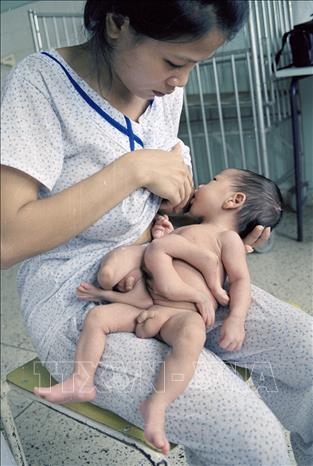 |
Lesson 1: A crime called... Agent Orange
During the war of aggression in Vietnam, the U.S not only used advanced weapons that caused great casualties, but also used chemical weapons to curb the advance of the revolutionary armed forces, turning the South of Vietnam into a dangerous test site for the deadly weapon...
The US war in Vietnam, with more than 80 million liters of toxic chemicals, of which 61% was Agent Orange/dioxin being sprayed on the battlefields of South Vietnam, was assessed as the largest, longest and most catastrophic war in human history...
According to statistics, 33.70% of the AO victim families are poor households; 22% of the families with 3 or more victims; 90% of the victims have no professional skills. Currently, most of the families of Agent Orange victims live in suffering, disease, and poverty... \"They are the poorest among the poor, the most miserable among the sufferers\" – said Doctor Nguyen Thi Ngoc Phuong, Vice President of Vietnam Association for Victims of Agent Orange.
* Destruction from… the sky
In the event chronicle \"Chemical war in Vietnam\", Dr. Vu Hoai Tuan wrote, to help the South Vietnamese government and to build a Center for the development and testing of war materials, at a meeting of the US National Security Council on May 11, 1961, President John F. Kennedy approved for the US military use of herbicides and defoliation chemicals in areas controlled by the Liberation Army of South Vietnam to defoliate trees with many purposes: detecting roads and bases of the liberation army to conduct air raids; sabotaging crops and cutting off local food supply lines of guerrillas and liberators; preventing the establishment of enemy military zones; defoliating trees to create a white belt to protect the areas around military bases, transport routes and reserves of the US army, as well as preventing the invasions and attacks of the Liberation Army.
Accordingly, from August 1961 to March 1971, the US military conducted 19,905 sorties, spraying more than 80 million liters of toxic chemicals, of which 61% was Agent Orange, containing 366 kg of dioxin on many areas of the southern Vietnam. There have been 3.06 million hectares (equivalent to 25% of the total area of South Vietnam) including most of the ecosystems and nearly 26,000 villages were exposed to this chemical. In particular, 86% of the area was sprayed with 2 or more times and 11% of the area was sprayed more than 10 times.
According to Dr. Tuan, the chemical weapons were gathered by the US military in many places before being sprayed, in which the \"hot spots\" were Bien Hoa airport, Da Nang airport and Phu Cat airport. According to the assessment of the Office of the National Steering Committee for Remediation of Consequences of Agent Orange/dioxins in Vietnam (Steering Committee 33), and many international organizations studying the US war in Vietnam, Bien Hoa airport is the \"hottest spot\" when it contains more than 98,000 barrels (more than 20 million liters) of Agent Orange, 45,000 barrels of Agent White, and 16,000 barrels of Agent Green. Studies show that Bien Hoa airport was also the largest concentration of Agent Orange in the past with dioxin levels being 1,000 times higher than international standards. The contaminated area mounts up to 52 hectares, the volume of soil and rock contaminated with dioxin is over 500 thousand cubic meters, and this poison is affecting more than 100,000 people living surrounding the area.
In the area of Da Nang airport, there are nearly 90,000 cubic meters of soil and sediment contaminated with dioxin that need to be treated. In addition, there are 50,000 cubic meters of soil and mud that need to be isolated due to the fact that dioxin contamination is 365 times higher than the international safe level. The area of Phu Cat airport also has more than 10,000 cubic meters of dioxin-contaminated mud that needs to be treated.
In Dong Nai, from 8-10-1961, the US army continuously sprayed this poison on the rice fields from the vicinity of Bien Hoa airport to Tri An, Ma Da, and Hieu Liem communes (D war zone, now Vinh Cuu district, Dong Nai province). Besides Long Binh General Depot, which is a gathering ground for chemical weapons, Bien Hoa military airport is also a chemical warehouse to conduct spray flights throughout the southern battlefields from 1961-1971. Resistance areas such as: Gia Huynh, Trang Tao, May Tau mountain, River Ray, River Ui... in Dong Nai province were also the targets of Agent Orange flights.
* Yesterday\'s crime, today\'s tragedy
The chemical war conducted by the US military in South Vietnam has been assessed by scientists as the most catastrophic war in human history, exposing more than 4.8 million Vietnamese people to Agent Orange. Although the war has receded, the number of Agent Orange victims in Vietnam in general and Dong Nai in particular is getting bigger and bigger each day due to genetic influence over many generations.
As a person who witnessed the waves of US military aircraft spraying chemicals onto the forests of D War Zone (in Hieu Liem commune, Vinh Cuu district, Dong Nai province), Mr. Nguyen Van Tai, 89 years old, said, he still vividly remembers images of American planes flying at low altitude while spraying chemicals. Opaque bands of white mist spewed out from the plane\'s wings in long streaks. They fell on the mountains, the fields and people. After only a few days, all the leaves withered away, and only the bare branches were left. Vegetables and food crops twisted and died.
That day, before spraying, the Saigon Army informed the people that it was a defoliant, a herbicide that was not toxic to humans and did not damage crops. “Because I did not know it was a deadly poison, I and many people continued to work on our fields and gardens under those chemicals. Later, when I and many other people contracted many diseases, and gave birth to malformed children, I found out that it was the Agent Orange that destroyed the germ... I myself had 3 children with in-born disabilities caused by Agent Orange inherited from me\", said Tai.
As early as 1970, at the International Conference on \"Hazards of chemicals on humans and the environment\" (held in France), the late Prof. Ton That Tung, Head of the Vietnamese Delegation, informed about the consequences of the toxic chemicals used by the United States Army during the war in Vietnam, which had seriously affected human health and the ecological environment. In particular, Agent Orange has affected humans, causing many serious diseases such as neurological, reproductive accidents, cancer, genetic changes, teratogenicity, deformities... At the same time, the late Prof. Ton That Tung also shocked the world with a warning that Agent Orange can be inherited across generations, potentially leaving sequels for 6-12 generations following.
Currently, many families have 3 or more victims, even 7-8 people being victims of this poison. Many victims\' families are no longer able to maintain their lineage; many women cannot enjoy the happiness of being a wife, nor a mother; tens of thousands of children suffer deformities, birth defects, vegetative life; hundreds of thousands of victims have died, while millions of others are struggling with serious diseases, dying day by day of evil diseases.
Not only Vietnamese people were heavily affected by the Agent Orange, many American, Korean, Australian, New Zealand soldiers… who had fought in Vietnam War, also suffered from many diseases due to exposure to Agent Orange. In July 2010, an American newspaper read that, Admiral Elmo Zumwalt, former Commander of the US Navy and Air Force forces in Vietnam (1968-1970) said that there were at least 2.6 million of US veterans exposing to Agent Orange. Each year, the US government has to subsidize veterans with Agent Orange-related illnesses billions of dollars. Specifically: in 2010 the amount was 13.5 billion USD and in 2020 the number was 18 billion USD.
Like liberation soldiers, those who fought in Vietnam are also faced with a tragedy that their successive generations are born with many diseases such as paralysis, partial or full atrophy, blindness, and blindness, dumb, deaf, intellectually disabled, mentally ill, cancer, reproductive accidents, genetic mutations causing malformations, birth defects... Currently in Vietnam, the sequelae of Agent Orange have been passed on to the 4th generation – such a great disaster from war.







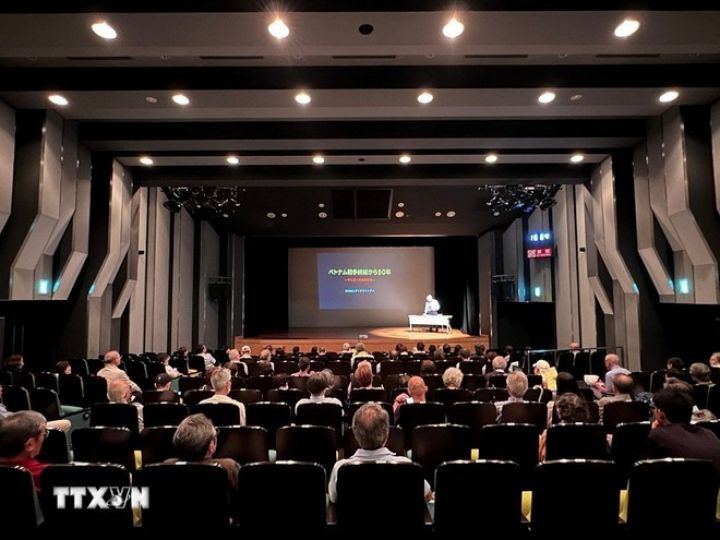


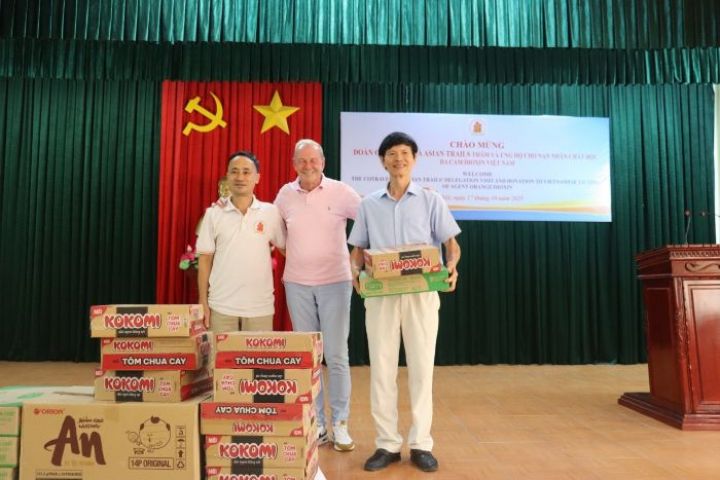
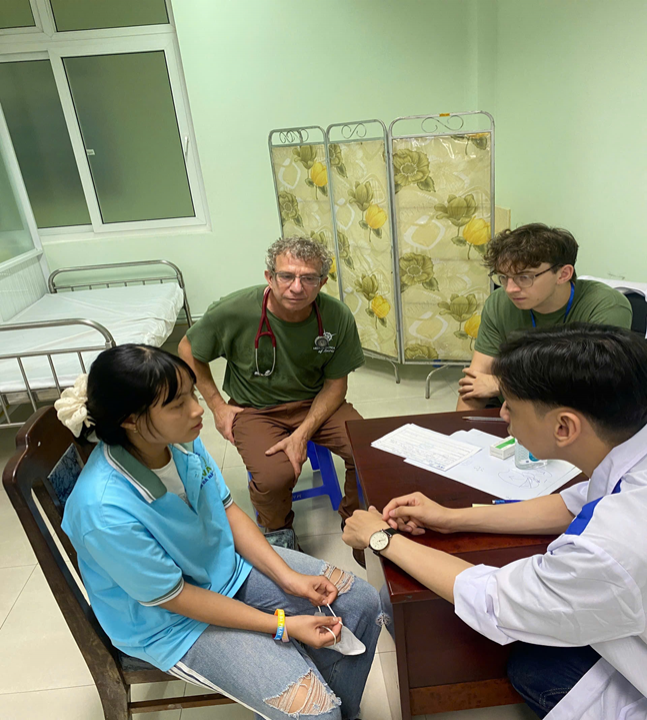










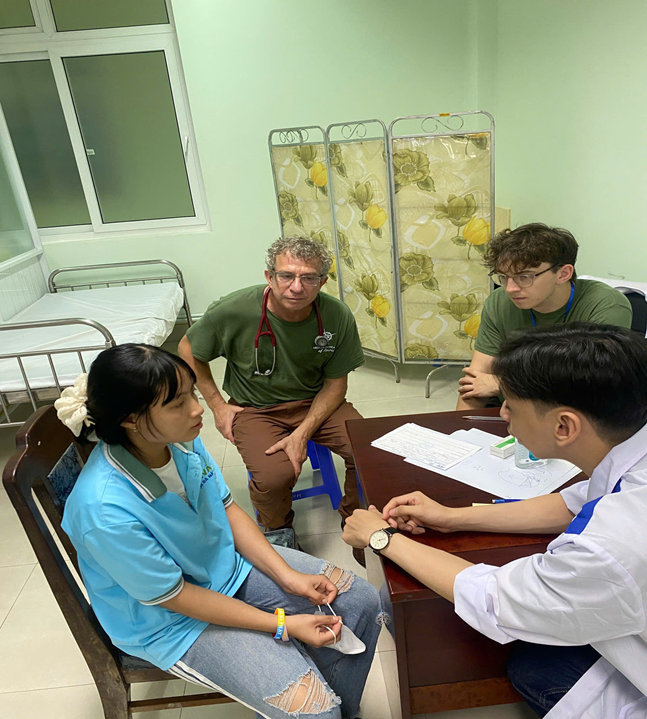
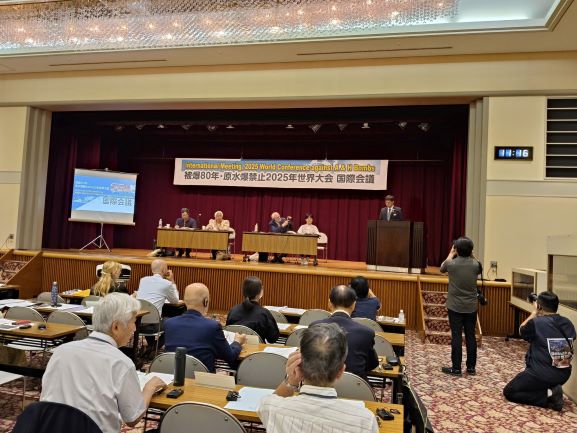

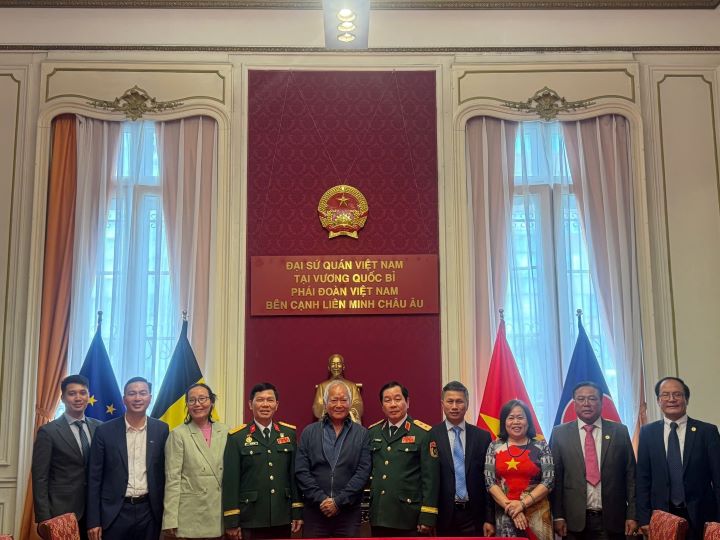
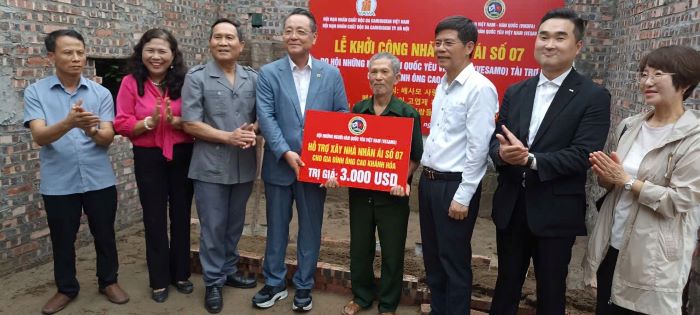
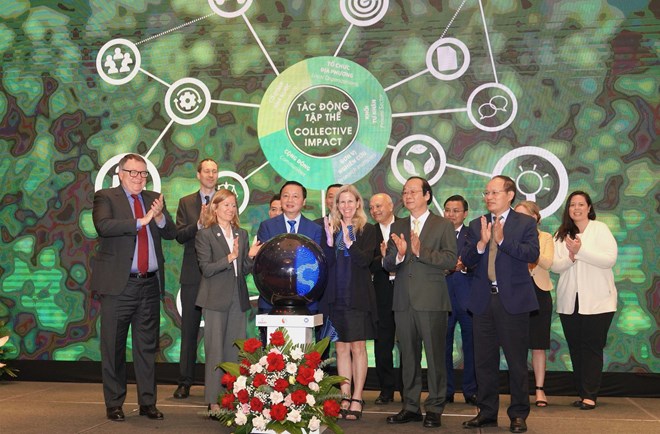

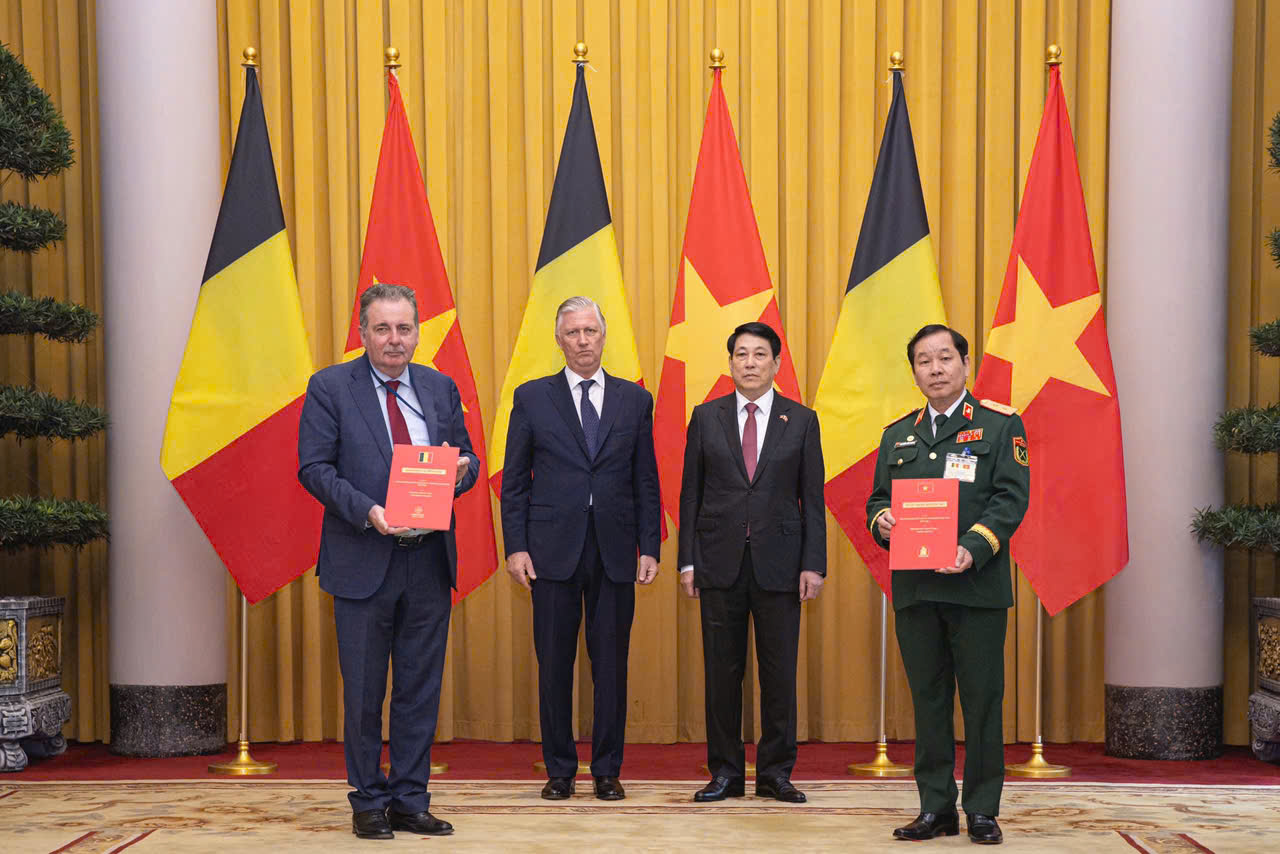


.jpg)
Comment